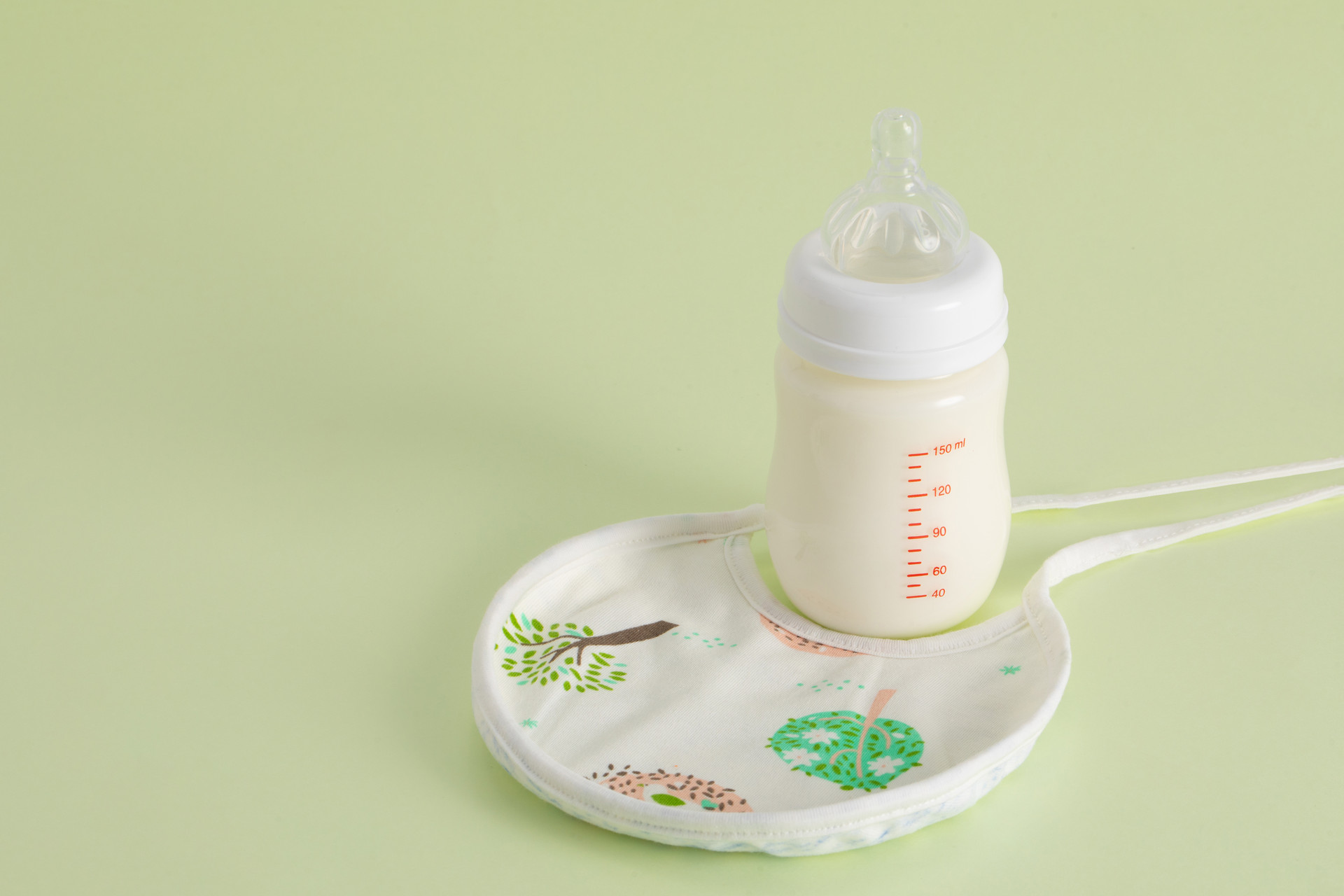As winter approaches, adults start wearing thick coats to resist the cold, but babies' ability to regulate body temperature is not yet fully developed. How can we improve their ability to adapt to cold environments? How should babies spend the winter?
1. Avoid blindly following the trend
Children with weak constitutions should not engage in autumn freezing exercises. Children with congenital heart disease or other congenital diseases, anemia, poor nutrition and growth, recurrent bronchitis, pneumonia, asthma, and chronic gastrointestinal diseases, as well as children with low immunity, are more sensitive to climate changes. They are more prone to colds, so they should not engage in autumn freezing training blindly.
2. Gradual progression
The thermoregulation function of children is not yet fully developed, so we should not focus solely on "freezing". Even in autumn, we should start with cold tolerance exercises and gradually progress. After the autumn season begins, parents can gradually encourage their children to wash their hands and face with cold water, but after each cold water wash, they should dry their hands and face with a towel. If there is a sudden change in weather and a sharp drop in temperature, insisting on "freezing" without providing warmth to children will inevitably lead to colds. Children with poor physical condition may even develop respiratory infections or pneumonia. Therefore, parents must keep track of temperature changes, adjust their children's clothing accordingly, and provide appropriate warmth when necessary. Do not blindly "freeze", but adapt flexibly based on weather changes.
3. Movement in the cold
Some children may wear too many clothes, which can hinder their mobility. If the clothing is appropriate, babies can move freely and increase their physical activity, which is beneficial for improving their resistance to illness and enhancing their physical fitness. According to traditional Chinese medicine, children have a relatively strong yang energy. If they are too warm, it will promote yang energy and deplete yin fluids. Generally, babies should wear one more layer than adults. Older children can wear the same amount as adults, or even slightly less, to exercise their ability to withstand the cold. At the same time, cold weather exercises should be flexible and adjusted according to the child's age, physical condition, and changes in ambient temperature, gradually adapting them to the cold.
4. Warmth in the cold
Keeping the back warm can prevent diseases and reduce the occurrence of colds. However, it should not be excessively warm, as excessive sweating on the back can lead to illness due to dampness and coldness. Parents should regularly check if their children's back is sweating excessively or if the temperature is too high, and adjust their clothing accordingly. Keeping the abdomen warm is important for protecting the spleen and stomach. Children often have insufficient spleen and stomach function, and direct stimulation of the abdomen by cold air can cause stomachaches and impair the normal and stable functioning of the spleen and stomach. Therefore, keeping the abdomen warm is an important aspect of children's health. Putting on a bellyband for children when sleeping is a good way to keep their abdomen warm. Keeping the feet warm is important as the feet are the meeting point of the yin and yang meridians and have rich skin nerve endings, making them the most sensitive to external changes. Only when a child's hands and feet are kept warm can their body adapt to changes in the external climate. Keeping the head cool is important because one-third of the heat dissipated by a child's body comes from the head. A hot head can easily lead to irritability, dizziness, and mental confusion. The head is the most prone to "overheating" and is often the first area to be affected when a child falls ill. If a child keeps their head cool and their feet warm, they will have a clear mind, and their blood and energy circulation will be smooth.
5. Avoid blindly following the trend
Children with weak constitutions should not engage in autumn freezing exercises. Children with congenital heart disease or other congenital diseases, anemia, poor nutrition and growth, recurrent bronchitis, pneumonia, asthma, and chronic gastrointestinal diseases, as well as children with low immunity, are more sensitive to climate changes, especially when there are large temperature differences between morning and evening. They are more prone to colds, so they should not engage in autumn freezing training blindly.











